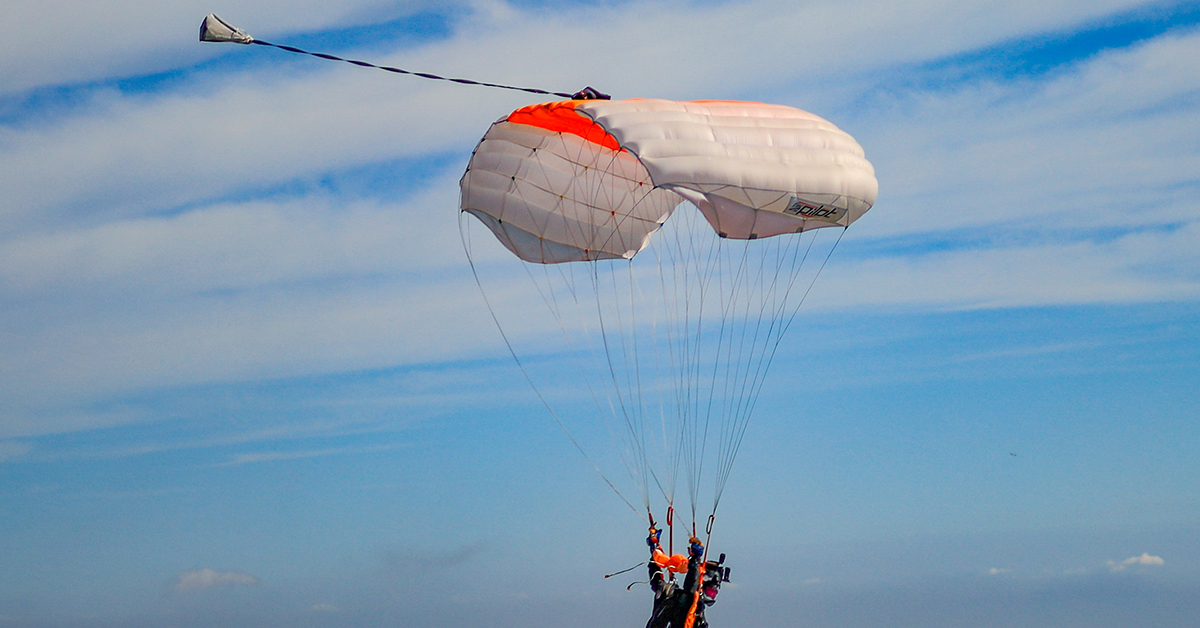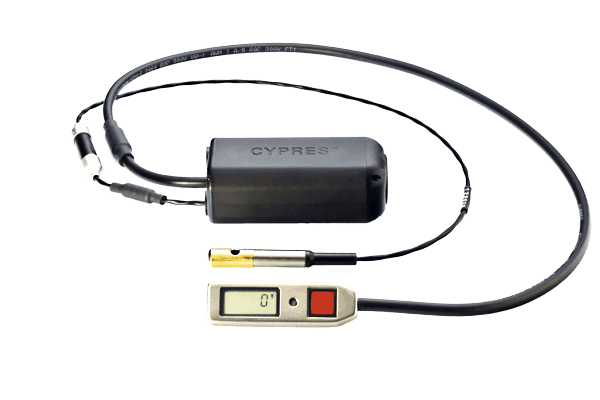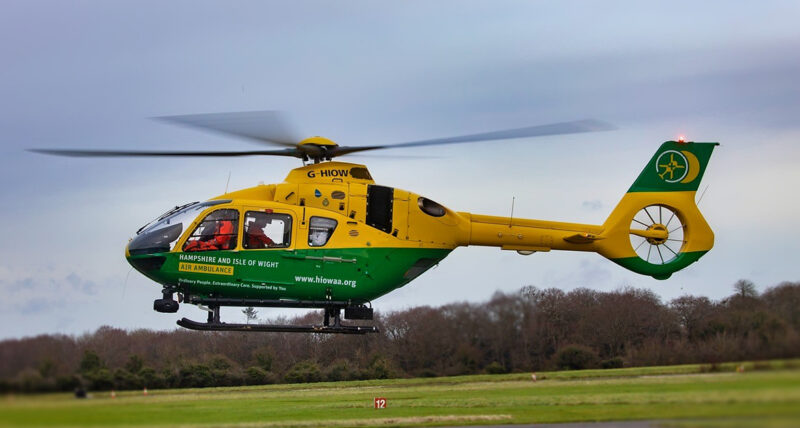Connecting your canopy with confidence
by Gary Stevens, Rhomeck Rigging
Even in our topsy-turvy world, one thing is certain: main parachutes don’t work very well when they’re not attached to the risers.
To make that vital connection, skydivers have two main options: metal links (often called “links” or “mallions”) and soft links, known as “slinks.” Both get the job done, but each brings its own set of quirks, strengths, and things to watch out for.
Here’s what you need to know to make the right choice for your rig – and your peace of mind.
What are they, exactly?
- Links are small metal connectors, usually stainless steel, that physically join your canopy’s lines to your risers. Think of them as the old-school, tried-and-true hardware solution.
- Slinks (soft links) are made from high-strength materials like Spectra, and do the same job without any metal. They’re now the industry standard for most modern skydiving rigs.
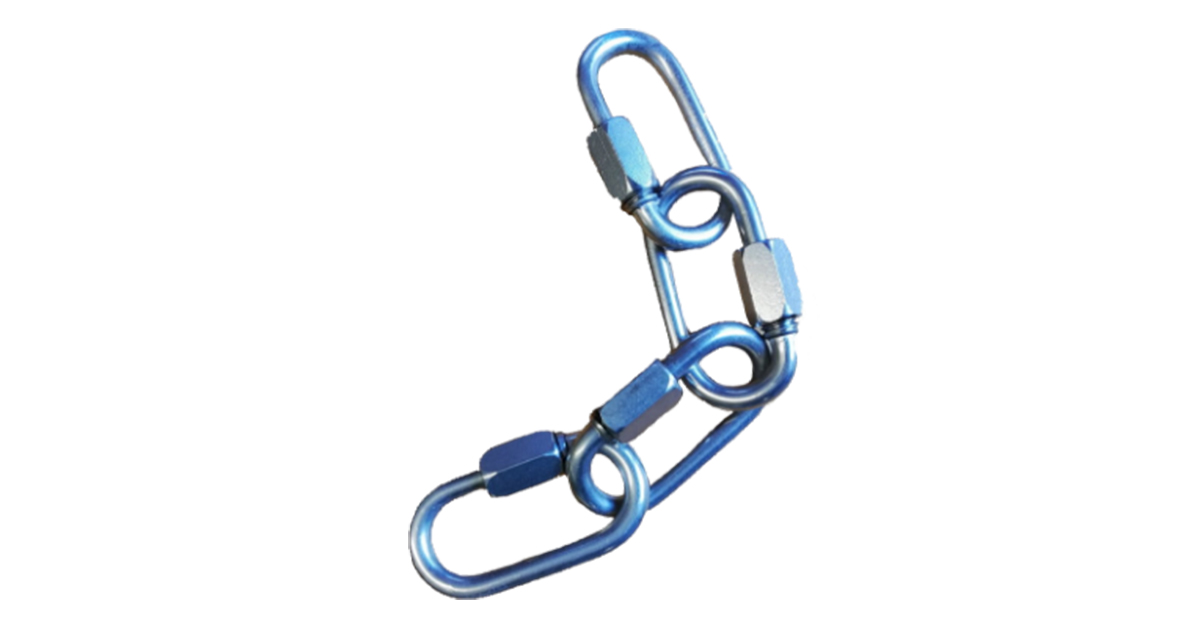 Metal links: the classic connector
Metal links: the classic connector
Pros:
- Robust and durable – stainless steel links are tough. They’re designed to outlast your canopy, and they’re not prone to wear from UV or moisture.
- Easy to inspect – you can quickly check if a link is tight enough by hand. If you can unscrew it with your fingers, it needs tightening.
- Simple to fit – no fancy knots or threading required. Just attach, tighten to finger-tight, then give it a quarter turn with a spanner.
Cons:
- Bulky and heavy: compared to slinks, links add weight and bulk to your risers – something you’ll feel if you’re chasing every gram for swooping or accuracy.
- Potential for overtightening. If you crank them down too hard, links can become tough to remove (not exactly “quick” links, in that case). If a link comes undone, it’s usually discovered during packing. Most of the time, all the lines stay attached, but it’s still a bit of an “oh, wow” moment on the mat.
Selection Tips:
- Only use links with their strength rating stamped or etched on the metal – not the ones off eBay, or from the local corporate hardware store.
- For sport canopies, make sure your links are at least a size 3.5. Anything smaller risks breaking under load. Size four is standard on sports kit.
- Replace links if they show signs of corrosion, thread damage, or deformation (though most will outlive your canopy).
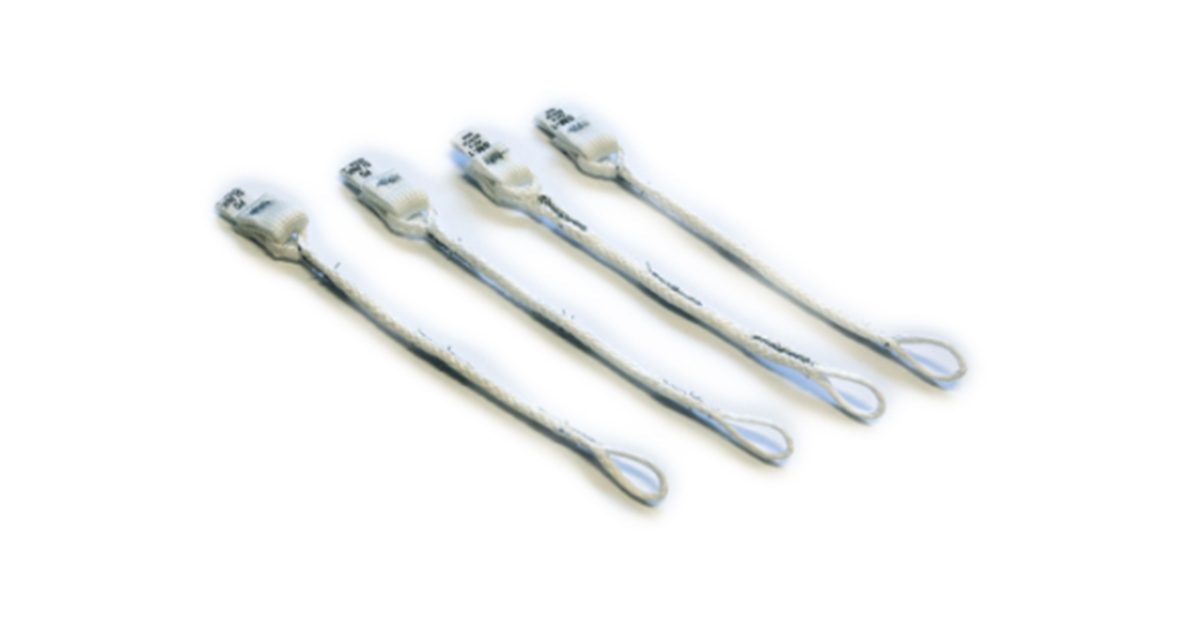
Slinks: the modern favourite
Pros:
Lightweight and low-pro. Slinks are made of strong, lightweight fibres, reducing bulk and drag. They’re the go-to choice for performance jumpers and anyone who wants a sleeker set-up.
Gentle on the ol’ gear: no metal means less wear on your slider grommets and lines, potentially extending the life of your canopy and risers.
Field-serviceable: slinks can be removed and installed without tools, making them handy for quick canopy swaps – if you know what you’re doing.
Cons:
- Installation matters. Slinks must be installed exactly as the manufacturer instructs. A misrouted slink or skipped step can drastically reduce strength and, in the worst case, cause a catastrophic disconnect on deployment, which is now happening all too often.
- Shorter lifespan: slinks are replaced “on condition,” typically at every reline or if there’s visible wear. They don’t last as long as steel links, but regular inspection keeps you safe.
- Not for the uninitiated – if you’re not confident in your rigging skills, leave slink installation to someone who is. Get it wrong, and you risk losing an entire line group in flight. This is something you’re taught on your packing certificate.
Installation:
- Always use slinks from the canopy manufacturer unless a specific alternative is approved.
- Follow the step-by-step instructions, ensuring the slink passes through all lines and the riser the required number of times, and is locked with the correct knot-usually a lark’s head or similar.
- After installation, check that the tab is seated inside the riser and the slink is “set” by applying tension to the lines.
- Always get your rigging work checked independently.
Head-to-head: links vs slinks
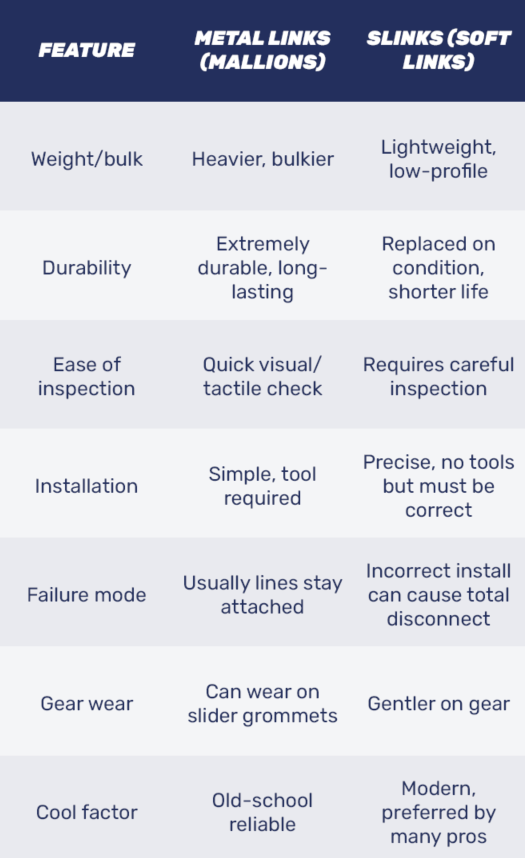
The big question: Which one to choose
It comes down to personal preference and priorities, really.
- If you value simplicity, durability, and don’t mind a bit of extra weight, metal links are a solid choice.
- If you’re chasing every gram, want a cleaner riser set-up, and are confident in your rigging skills (or have a good rigger), slinks are the way to go.
Most new canopies ship with slinks as standard, but always check what’s included and ensure everything is installed correctly before you jump.
Pro tips for both
- Inspect regularly. Whether you use links or slinks, check them every time you pack. Look for signs of wear, looseness, or misrouting.
- Follow manufacturer instructions. Each brand may have its own quirks. Don’t assume all slinks are installed the same way – read the manual or watch the official manufacturer video.
- When in doubt, ask. If you’re not 100% sure about your set-up, it’s always worth it to get a rigger or instructor to check your work.
In closing
Links or slinks? Well: both are up to the job – if you treat them right. Whether you’re rocking stainless steel or spectra, stay vigilant. The key is proper selection, careful installation, and regular inspection.

